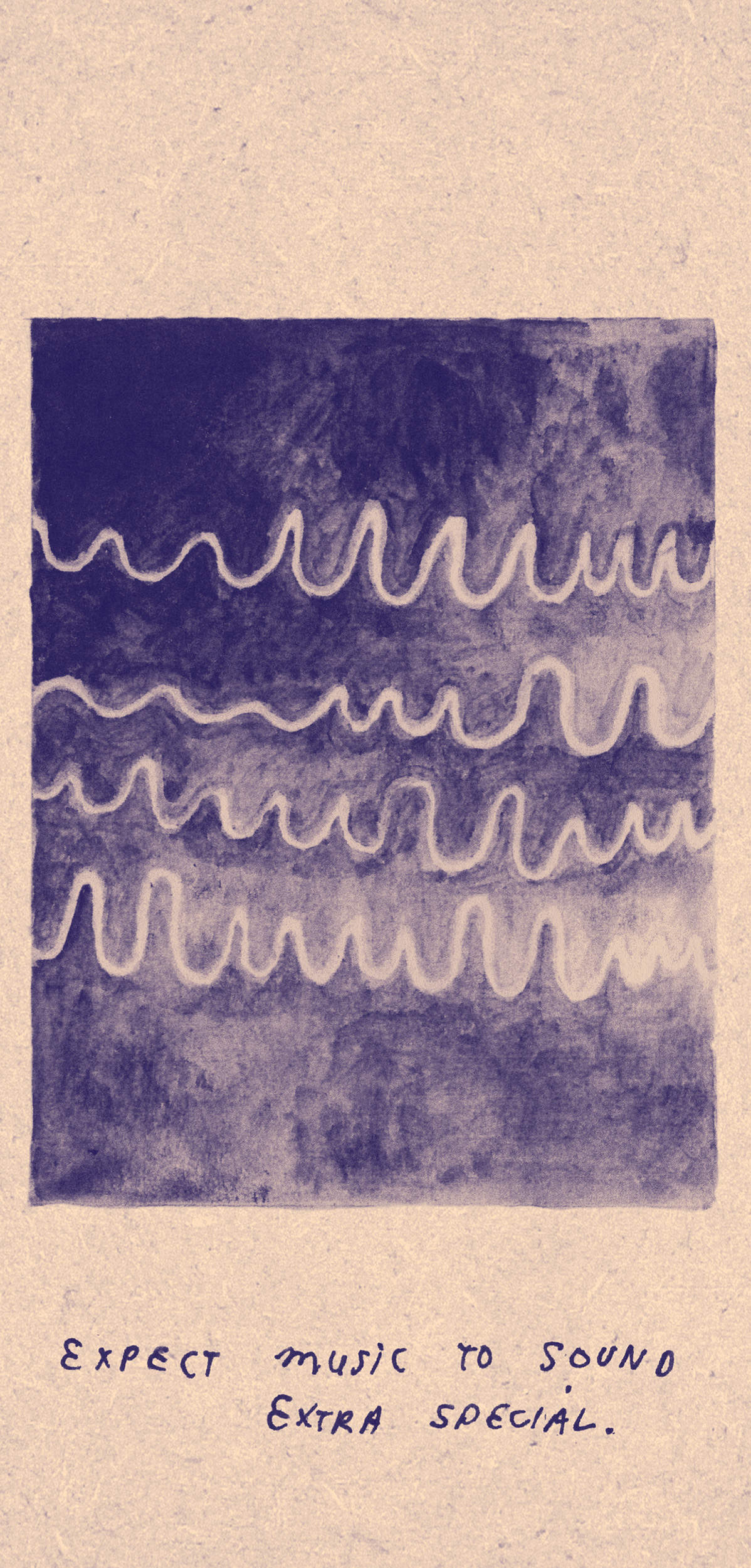The YouTube collaboration between Acoustics Insider and HEDD Audio has me sincerely excited. I’ve been a subscriber to Jesco Lohan’s YouTube channel for several years, and during that time, Jesco has published several dozen videos explaining acoustic principles that actually matter when it comes to setting up and working in home and project studios. Yes, there are countless other channels that have a similar focus, but I find that Jesco consistently offers advice that’s practical, affordable, and easy to implement — without falling into endless rabbit holes or recommending solutions that require too much money or time. For example, if you’re setting up a single- room home studio for mixing and recording, prioritize the mix environment first because that’s the greater hurdle, then add any treatment necessary for mic’ing vocals or instruments. Or, if you’re experiencing mix translation issues, adding a second set of speakers of the same type (e.g., nearfield) is usually the least effective way to gain more insight into your mixes; instead try a mono single- driver speaker placed in a different location from your main speakers, or use high-quality headphones for secondary monitoring. Moreover, listen to your mixes elsewhere (home hi-fi, car, etc.) and decide what needs fixing before you return to your studio to implement those fixes, so that you are employing your studio effectively as a tool, not as the end-all for determining mix balances. And, when you’re aligning your speakers for a strong phantom center, use your ears with mono pink-noise playback in lieu of measurements, because any small asymmetries in the room will cause disparities in the speaker-room response. The ultimate judge of those imbalances should be your ears — not graphs that rely on numbers rather than your actual perception. Much of Jesco’s advice boils down to finding the best listening position first, then the right speaker position, then treating the room with acoustic materials appropriately. Why? Because your position in relation to the geometry of the room has the greatest effect on bass response due to standing waves. Meanwhile, low-frequency problems are the most difficult to treat, while reflections of midrange and high frequencies are much easier to control. In fact, if you sign up for the Acoustics Insider mailing list, you can download a single-page PDF that walks you through Jesco’s “Bass Hunter” process of determining the optimal listening position, regardless of room geometry. It’s something many of us have already completed, perhaps with a bunch of test gear and test tones, but Jesco explains how to do it with just your ears, a single speaker, and your favorite music. Again, practical and easy to implement by anyone. And what about his collaboration with HEDD? Let me first state that I absolutely love my HEDD Type 30 monitors [Tape Op #118] as well as my HEDDphone headphones, so I’m admittedly biased. With that disclaimer out of the way — the partnership has so far presented topics that are arguably more esoteric than Jesco typically covers, but are still related to acoustic principles that can have a dramatic effect on what we hear. For example, ported speaker cabinets are resonators by design, and therefore contribute to bass ringing; but closed speaker designs require more power. There are advantages and tradeoffs to both methodologies in terms of frequency response and decay time, and HEDD MK2 speakers can be operated in ported or unported modes. Also, all MK2 models offer integrated phase-compensation. Standard speakers will emit higher frequencies before lower frequencies, resulting in time-domain smearing. Using DSP, HEDD Lineariser re- aligns those frequencies and flattens the phase response from 80 Hz upward, which allows us to hear greater detail. As always, Jesco explains the science and engineering behind these matters in a very approachable way.

